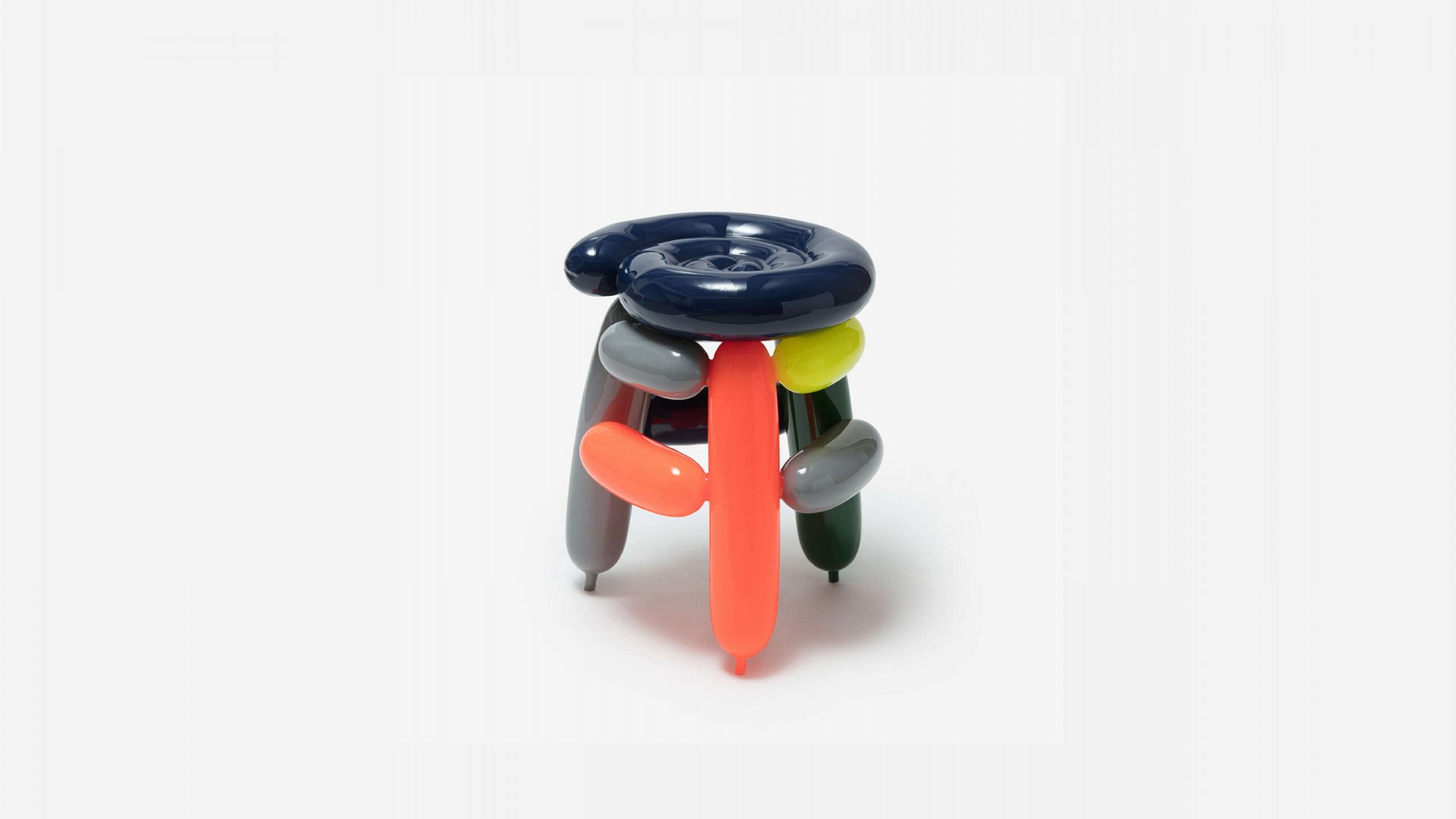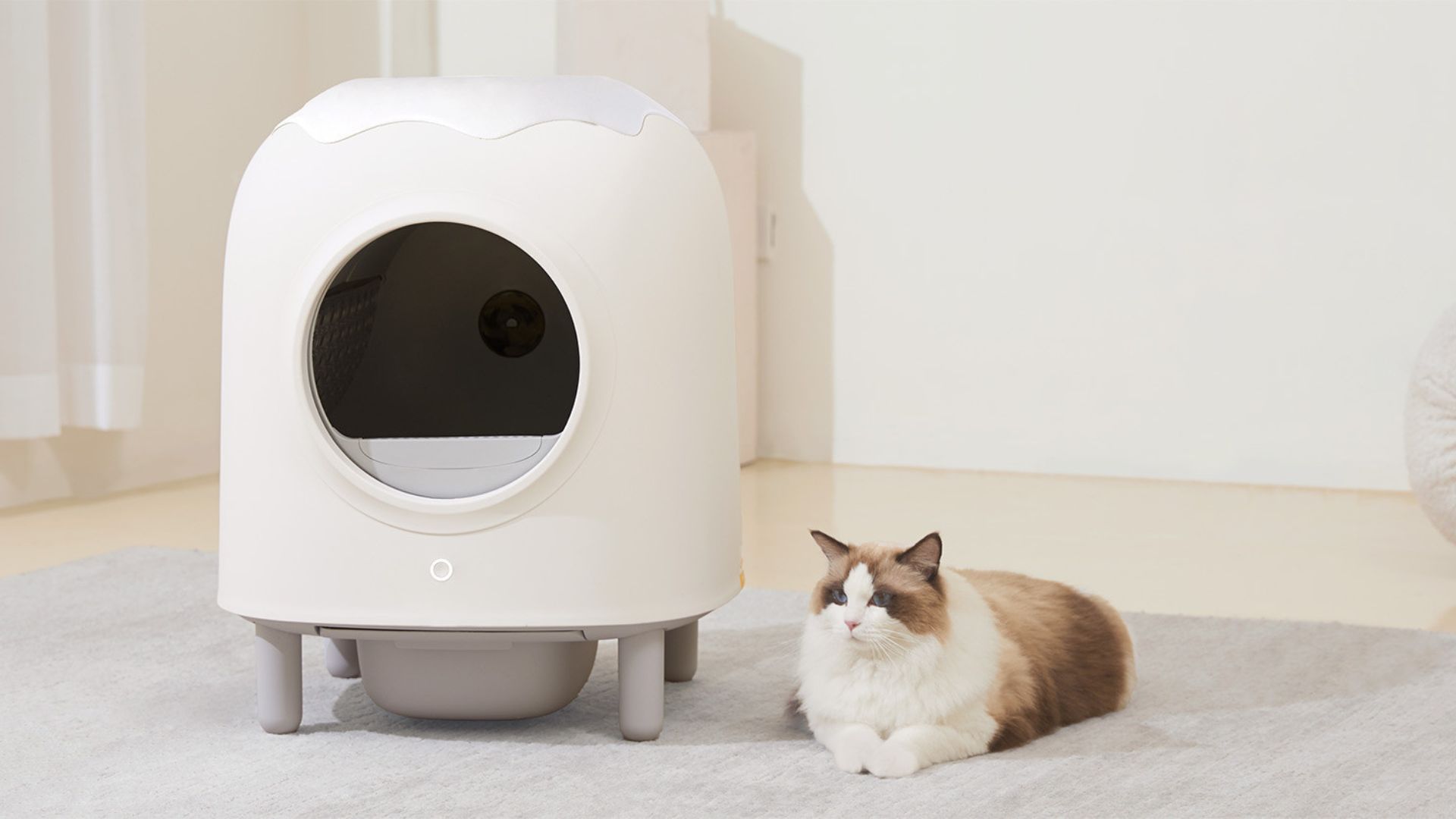Democratic Design: how IKEA revolutionized the way we live
From small-town beginnings to global innovation, IKEA’s journey through history showcases its commitment to creating accessible, sustainable home solutions.

Nestled in the heart of Älmhult, Sweden —IKEA’s founder’s hometown—a unique blend of history, innovation, and vision comes to life. It’s here that the journey of one of the world’s most influential furniture brands began, with each step rooted in a commitment to what is now known as ‘Democratic Design‘.
This approach, coined in 1995 by IKEA masterminds, is more than a set of guidelines; it’s a lasting commitment to quality and functional products for everyone. What started as a term in internal booklets to explain what IKEA does, soon became the pioneering design philosophy that broke boundaries. ‘Democratic Design’ is as relevant today as it was in the brand’s origins, reflecting founder Ingvar Kamprad’s vision of making good design accessible to all.
Gallery
Open full width
Open full width
Democratic Design – the IKEA approach:
The origins of IKEA: a visionary’s dream
IKEA’s roots trace back to 1943 when a young Ingvar Kamprad began selling small household items to his neighbors. Ingvar, just 17 years old, combined his entrepreneurial drive with a unique understanding of his customers’ needs, laying the groundwork for the brand that would change the way we furnish our homes.
Driven by the vision “to create a better everyday life for many people,” Kamprad opened the first IKEA store in 1958, offering a revolutionary way to shop for furniture, with products arranged in room settings that made it easy for people to imagine them in their own homes.
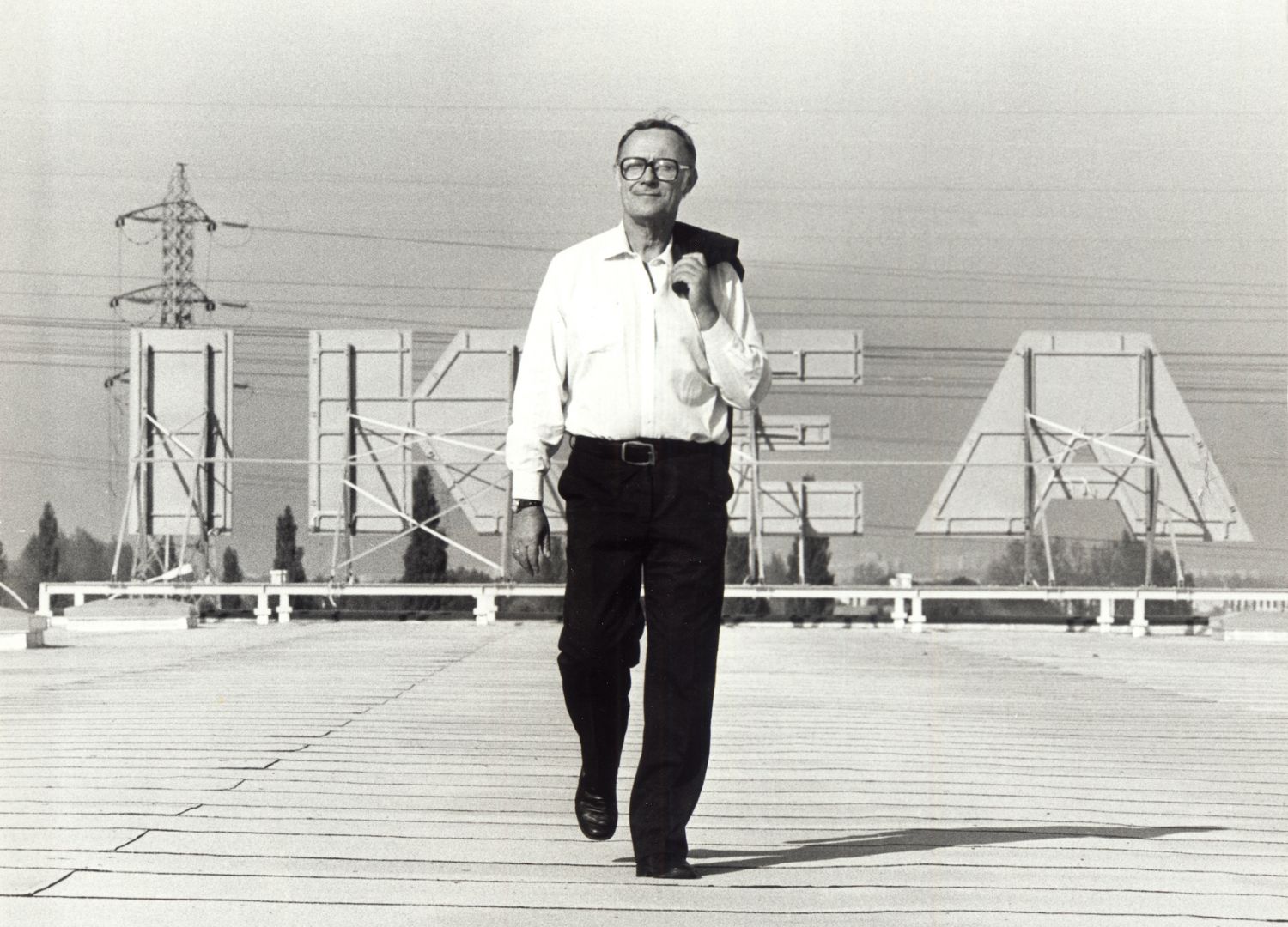
The 1960s marked another significant step forward. The newly inaugurated IKEA Museum, initially established as a hotel and motel with a pool, quickly became a local landmark.
This wasn’t just a place for visitors to stay—it was a carefully thought-out experience designed to welcome customers, giving them the comfort to linger, explore, and imagine how the brand’s furniture could shape their lives. In a way, this motel was an early hint at the “Democratic Design” approach that would later become central to IKEA’s identity.
What is Democratic Design?
At the heart of IKEA’s philosophy, this concept shapes everything the brand creates. Far more than a slogan, it’s a promise to balance five essential dimensions into each product, where the ultimate goal is to bring together form, function, quality, sustainability, and affordability so that good design isn’t an exclusive luxury, but a daily reality.
What does this mean in practice? Imagine a product that must look beautiful in any setting, serve a practical purpose, last for years, respect the environment, and remain affordable for most people. For IKEA designers (read our interview with Marcus Engman, IKEA’s Chief Design Officer), meeting these criteria for every new concept is a creative challenge, a distinctive imagination fuel that drives all of the brand’s innovations.
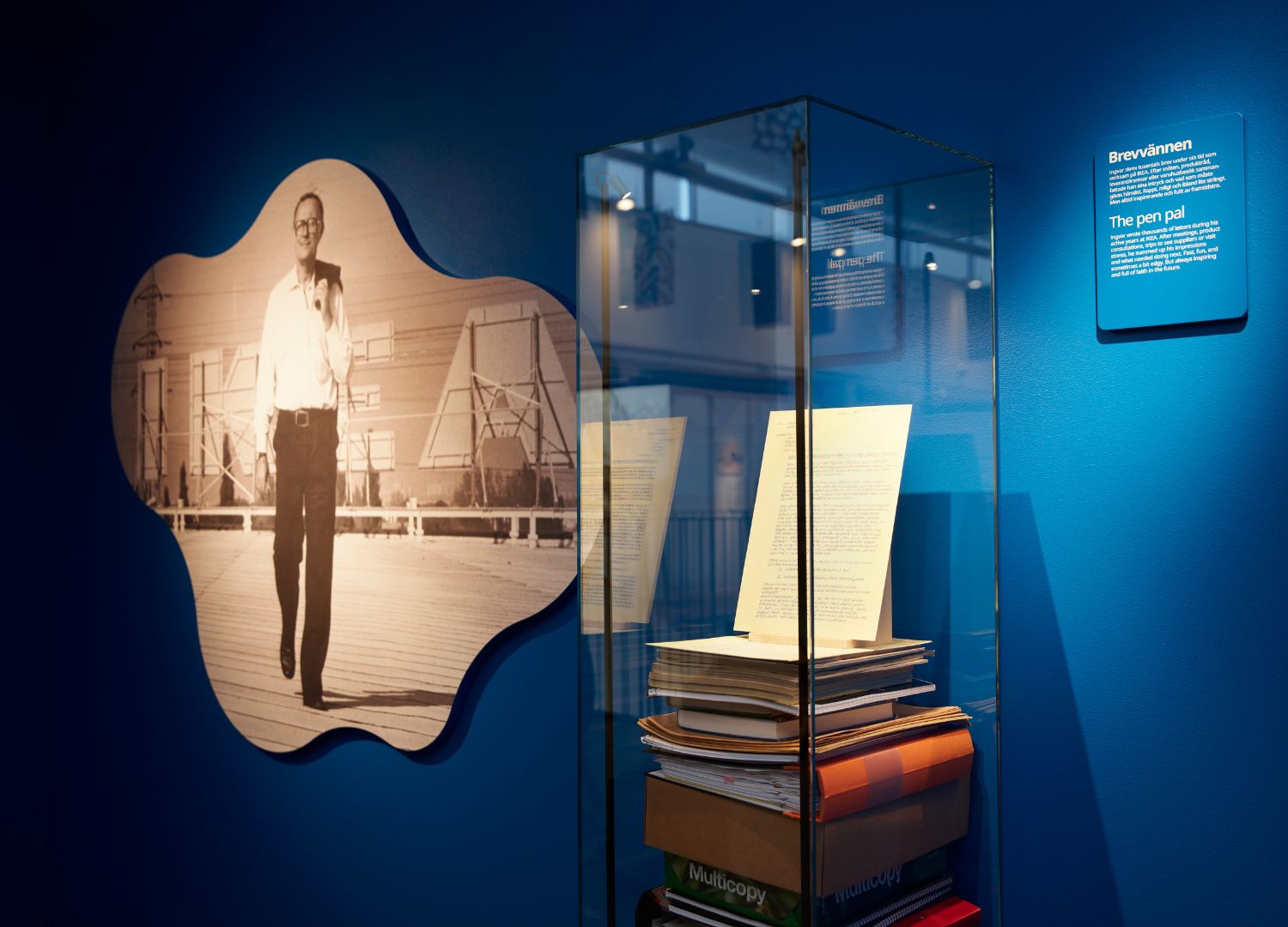
Anna Sandberg Falk, curator at the IKEA Museum, notes, “Democratic Design is not just a trend; it’s something to live by.” This means that the brand’s designers don’t simply focus on aesthetic appeal but also consider the practical aspects that make daily life easier. The design process starts with an in-depth understanding of how people live around the world—gathering insights that shape product development with real, everyday needs in mind.
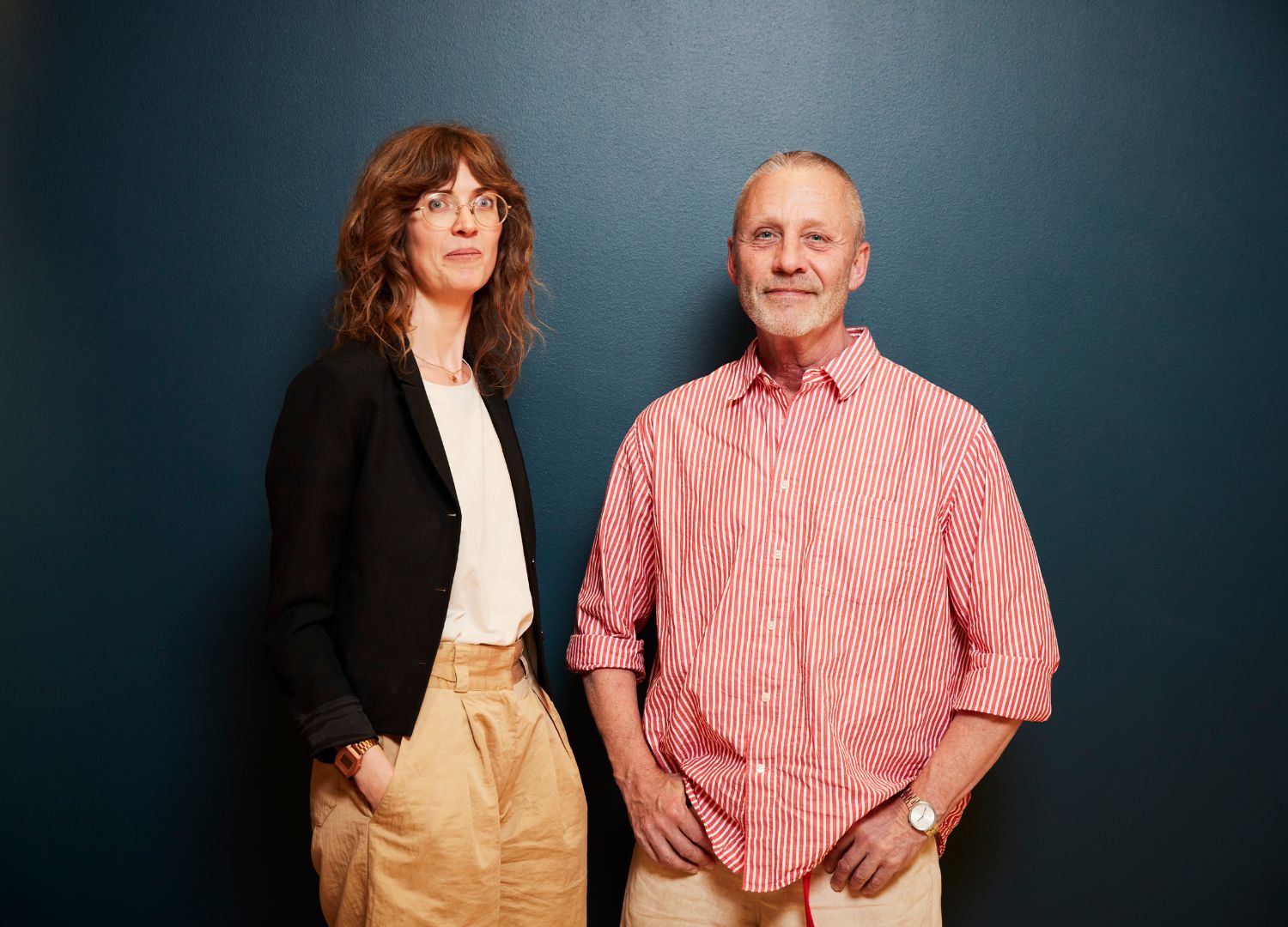
For the brand, beauty without functionality and affordability isn’t enough. It’s a mission to ensure as many people as possible can afford well-designed products, something they achieve through clever resource use and efficient production methods that keep costs down.
The five dimensions of Democratic Design are what make IKEA products so recognizable and universally appealing. Whether it’s a simple side table or a multifunctional sofa, each product aims to offer exceptional value for its price. The result? An accessible yet stylish solution that adapts to the demands of modern living, without compromising on quality or sustainability.
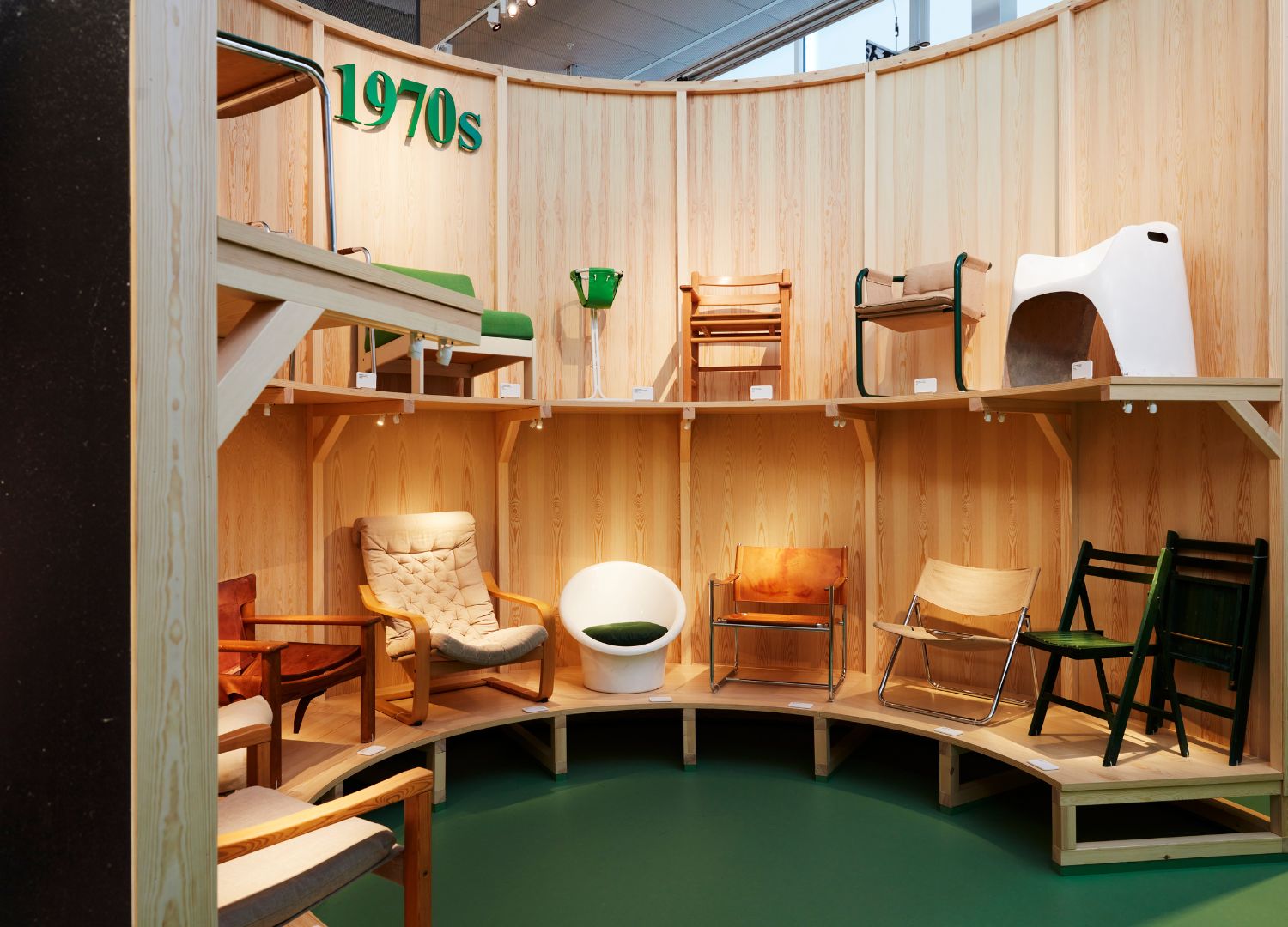
The IKEA Museum: a testament to innovation
Located in the original IKEA store building in Älmhult, the IKEA Museum is more than just a tribute to the brand’s past; it’s a testament to its ongoing commitment to innovation. Opened in 1960, the museum is a space where visitors can explore the company’s evolution over the decades, from the introduction of pine wood in the 1970s to the use of steel in the 1980s, and the development of space-saving solutions for compact homes in the 1990s.
The museum showcases iconic products from IKEA’s past and highlights the design choices that reflect the brand’s commitment to Democratic Design. Every exhibit tells the story of how the brand has continuously adapted its products to respond to changing lifestyles, tastes, and social needs.
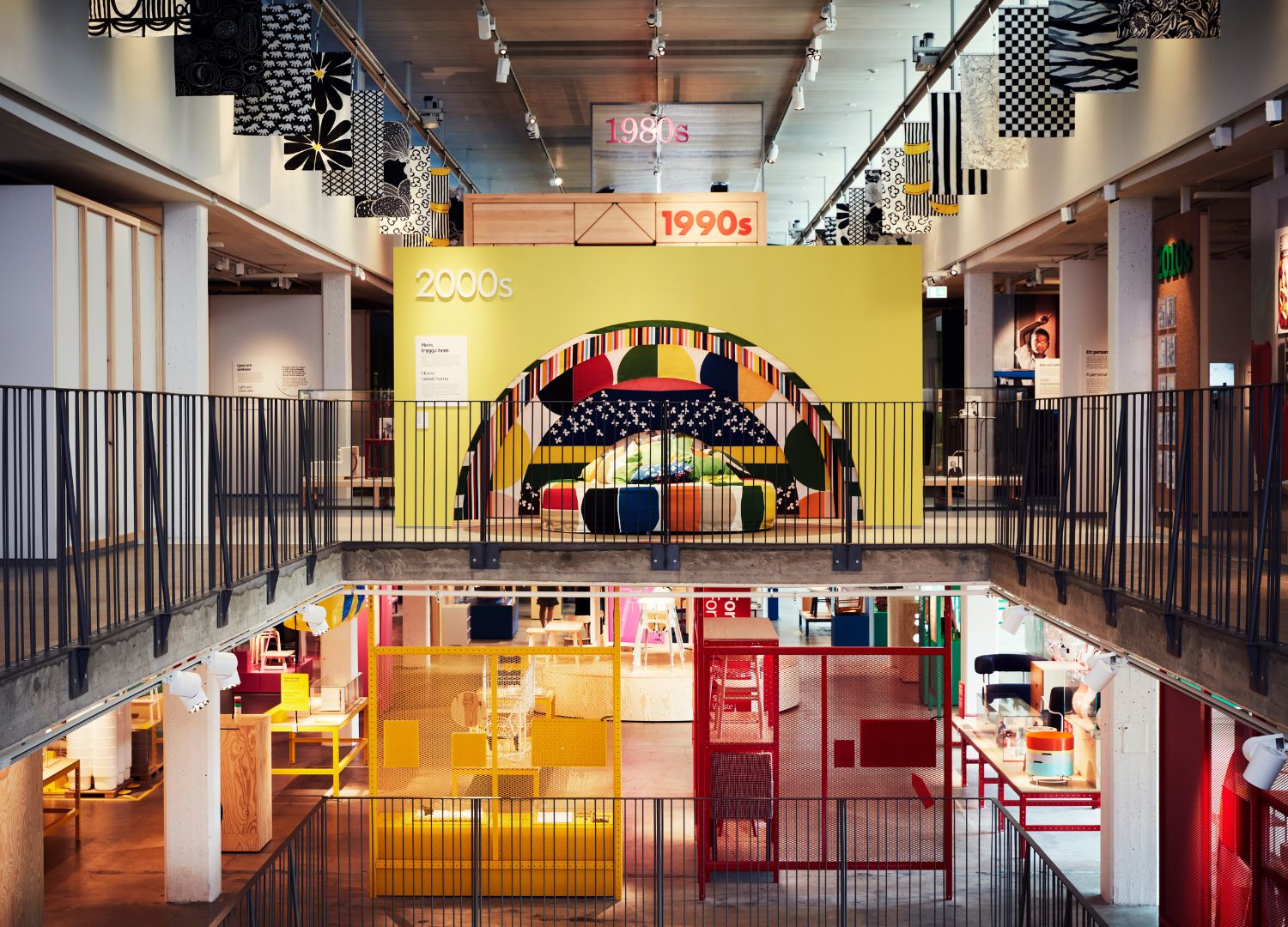
Furthermore, the museum also gives visitors a chance to understand how IKEA’s designers and engineers work tirelessly to balance cost with quality and sustainability, a hallmark of the brand’s vision for accessible design.
Currently on display, the standout exhibition “Magical Patterns”, explores how patterns can transform everyday items, not only through aesthetic appeal but by creating a sense of rhythm and harmony within a space. This exhibit underscores IKEA’s commitment to thoughtful design, demonstrating that patterns are not just decorative—they’re a powerful tool to enrich our daily environments and make the ordinary feel extraordinary.

A lasting impact on modern living
For IKEA, Democratic Design is an evolving journey. As new challenges and opportunities arise, designers and engineers are always searching for innovative ways to improve existing products and explore new ideas that make life at home easier, more beautiful, and more sustainable.
For anyone interested in the impact of design on daily life, the IKEA Museum is a must-visit destination. It’s a place where history and innovation come together, allowing visitors to experience firsthand how the brand has shaped our understanding of accessible, practical design.










